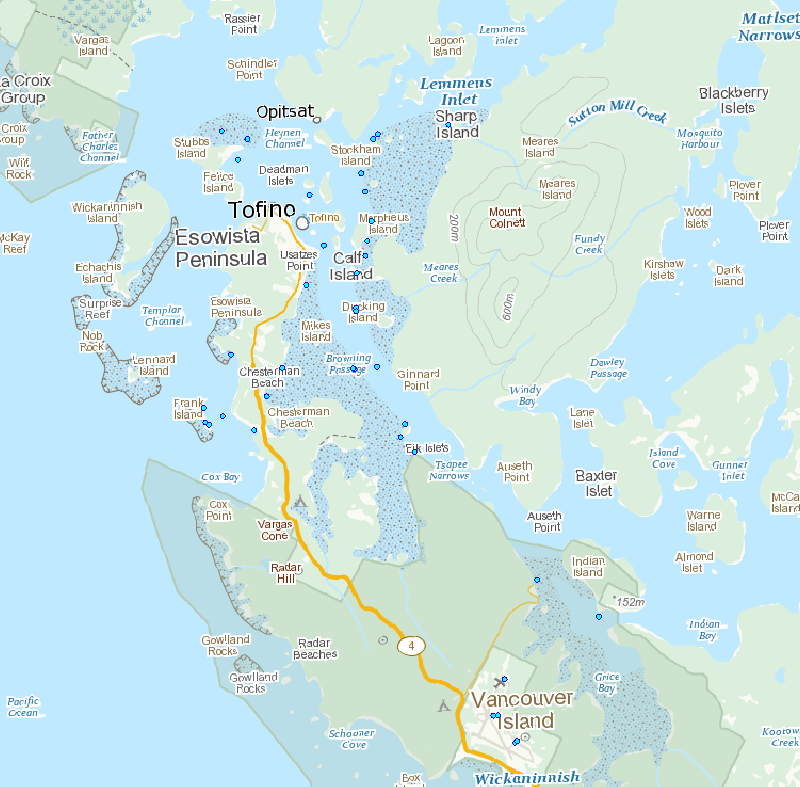Environment Canada, Canadian Wildlife Service
Type of resources
Topics
Keywords
Contact for the resource
Provided by
Formats
Representation types
Update frequencies
status
-

Survey transects is a line feature class containing transects completed in 2011.
-
Sidney Island Shorebirds Survey peep counts.
-

Study area is a polygon feature class showing the extent of where most of the bird sightings were recorded and then used in the atlas. A few rare species have been included as well that go beyond this area.
-

Grids surveyed is a polygon feature class containing the 5’ latitude by 5’ longitude grid cells surveyed for all seasons combined including the grids that were surveyed but where no species were seen. In order to produce maps for a specific season a selection for these grids must be performed.
-

Rare species is a point feature class containing rare species sightings.
-

Survey effort is a polygon feature class with the original transects – for reference.
-

Average grid cell density is a polygon feature class containing the average density value for each grid cell per species/groups and season.
-

Sidney Island Shorebird Surveys transects area feature.
-

Survey points is a point feature class containing transects and observations completed in 2011.
-

Survey areas is a polygon feature class containing mudflats and staging areas observed for shorebirds.
 Arctic SDI catalogue
Arctic SDI catalogue